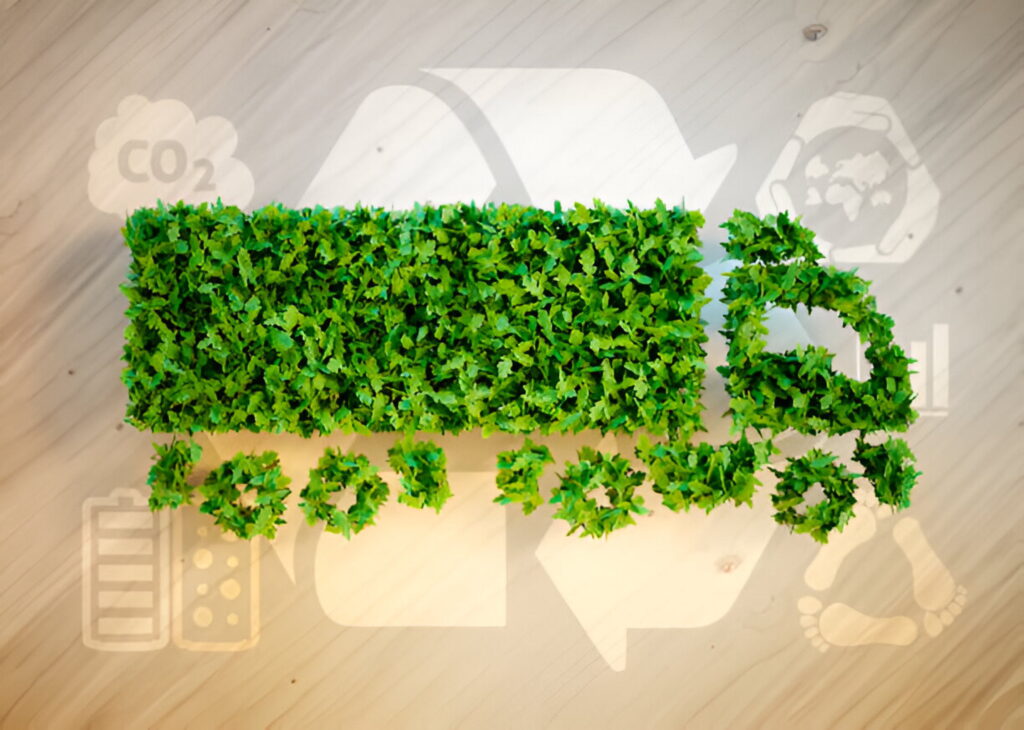Reducing the carbon footprint in the food supply chain has become a crucial concern that needs to be addressed as the world faces the ongoing challenges of climate change. Successful implementation of sustainable practices not only makes positive impacts to the environment but also benefits the businesses in terms of improving efficiency and reducing costs. In this blog, let’s explore strategies for reducing the carbon footprint in the food supply chain, looking at actionable steps.
Understanding the Carbon Footprint of the Food Supply Chain
The food supply chain covers everything from production, processing, transportation, and storage to final delivery. Each step in this chain contributes to the overall carbon footprint. Identifying the biggest sources of emissions is important to make the right changes.
Major Sources of Carbon Emissions
- Agricultural Production: One of the main contributors to greenhouse gas emissions are deforestation, release of methane by cattle and the utilization of synthetic fertilizers in agriculture.
- Transportation: Food often travels long distances, contributing to emissions from fossil fuel usage.
- Processing and Packaging: Energy-intensive processes and non-sustainable packaging leads to carbon footprint.
- Storage and Distribution: Food temperatures need to be managed especially during cold chains and this takes a lot of energy.
Key Strategies for Reducing Carbon Footprint in the Food Supply Chain

1. Sustainable Agricultural Practices
It is evident that changing from the conventional farming techniques to the sustainable farming techniques can help cut emissions to a large extent. Methodologies such as crop rotation, integrated soil fertility management, and practices such as agroforestry also sequester carbon and enhance the soil.
● Regenerative Agriculture
Regenerative agriculture is the practice that seeks to restore soil health and biodiversity. Techniques like cover cropping and minimal tillage can help capture more carbon in the soil.
● Precision Agriculture
Effective utilization of technology in water, fertilizer, and pesticide application can help to reduce wastage and emissions.
2. Optimizing Transportation
Making transportation more efficient is another way to reduce the carbon footprint in the food supply chain. This can be done by optimizing routes, using eco-friendly vehicles, and reducing the distance food travels.
● Route Optimization Software
Advanced software solutions can effectively choose the most fuel-saving routes. This in turn reduces the emissions and saves a lot of money.
● Eco-Friendly Vehicles
A switch to electric or hybrid cars could significantly reduce current emission levels. Long distance transportation via rail or maritime routes, which are generally more energy-efficient than road transport, can also help.
3. Energy-Efficient Processing and Packaging
Improving energy efficiency in processing facilities and choosing eco-friendly packaging materials are important steps to reduce carbon footprint.
● Energy Management Systems
Energy management systems in processing facilities can help monitor and reduce energy consumption. Automated systems that adjust lighting, heating, and cooling can result in significant energy savings.
● Sustainable Packaging
Use of biodegradable or recyclable packaging is a good way of cutting on the amounts of waste. Ideas such as plant based plastic or edible coating will greatly reduce the effects on the environment in the long run.
4. Enhancing Storage and Cold Chain Logistics
Maintaining food quality itself is energy consuming, especially in cold chain logistics. Making storage and cooling more energy-efficient can have a big impact.
● Renewable Energy for Storage
The conservation of energy sources can be achieved through the use of renewable energy sources like solar or wind in storage facilities. Energy efficient refrigeration also helps reduce energy usage.
● Smart Temperature Monitoring
IoT sensors can monitor and adjust temperatures in real-time, preventing energy waste and spoilage. Maintaining optimal temperatures is key to reducing emissions in cold storage.
Farm To Plate: Innovating for a Sustainable Supply Chain
Farm To Plate is transforming how we think about food supply chains, emphasizing sustainability, transparency, and direct connections between farmers and consumers. Blockchain technology provides full transparency by recording each step of the food’s journey. Consumers can scan QR codes to see where their food comes from, fostering trust and accountability.

Key Features
- End-to-End Traceability: The platform provides a comprehensive view of the food’s journey, ensuring full transparency from farm to plate.
- Consumer Engagement: Consumers can gain insights into the origin and handling of their food, fostering a direct connection with producers.
- Sustainable Focus: Highlighting eco-friendly practices and reducing waste helps significantly lower the carbon footprint.
Farm To Plate is essential for creating a strong and eco-friendly food system by using advanced technologies and sustainable practices. We at Farm To Plate demonstrate how our innovations can create a transparent, efficient, and sustainable food supply chain, ensuring our food is both healthy and eco-friendly.
Impact on Carbon Footprint
By promoting traceability and sustainable practices, Farm To Plate plays a crucial role in reducing the carbon footprint of the food supply chain. Our tech-driven approach ensures that all stakeholders contribute to a smaller environmental impact, driving positive change across the industry.
Wrapping Up:
Reducing the carbon footprint in the food supply chain is essential. By adopting sustainable agricultural practices, optimizing transportation, improving energy efficiency, and enhancing storage and cold chain logistics, businesses can make significant strides towards sustainability. These efforts not only benefit the planet but also result in operational efficiencies and cost savings.
Every step taken to reduce the carbon footprint in the food supply chain helps build a more sustainable future. With collective efforts and innovative solutions like Farm To Plate, we can create a food supply chain that is efficient and environmentally friendly. Farm To Plate is about more than just food; it’s about cultivating a sustainable future.
Let’s make sustainable choices today for a healthier tomorrow.
Sravya Priya, Content Marketing Specialist at farmtoplate.io
